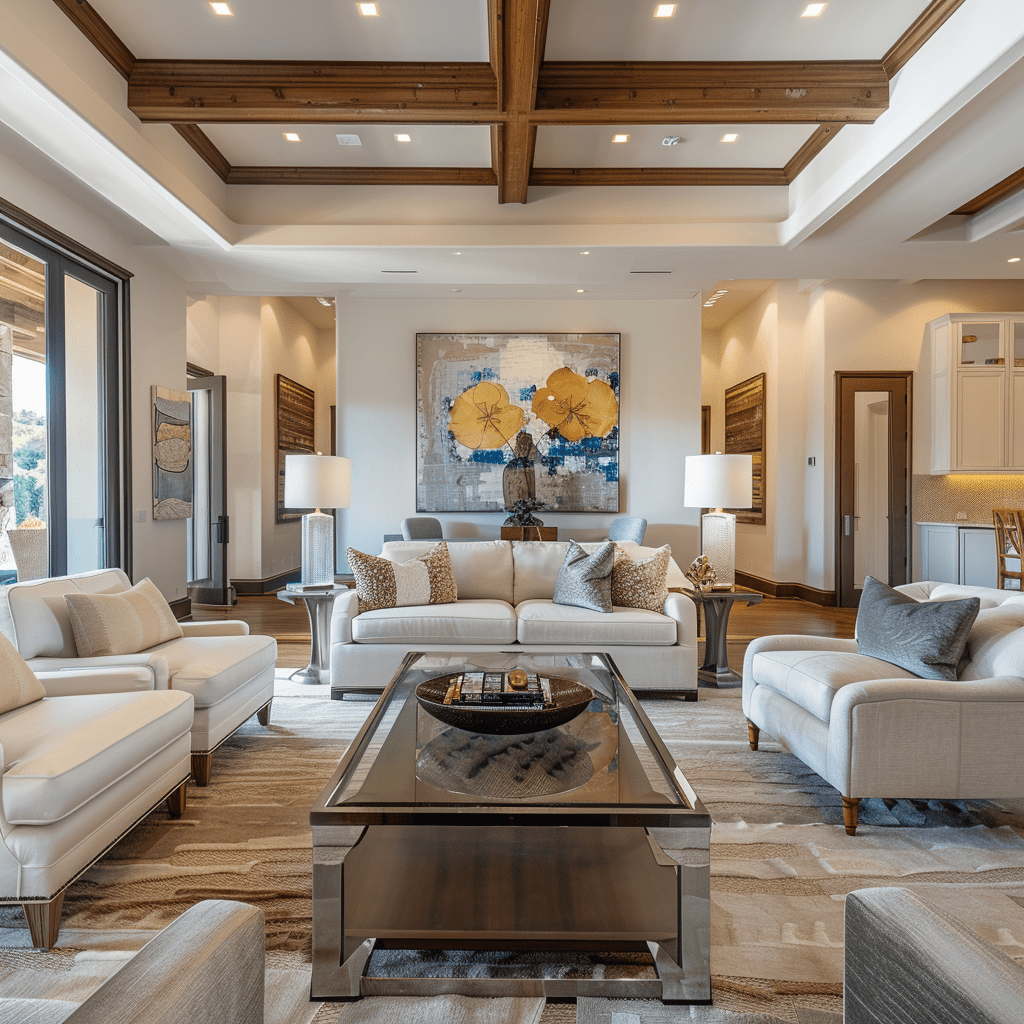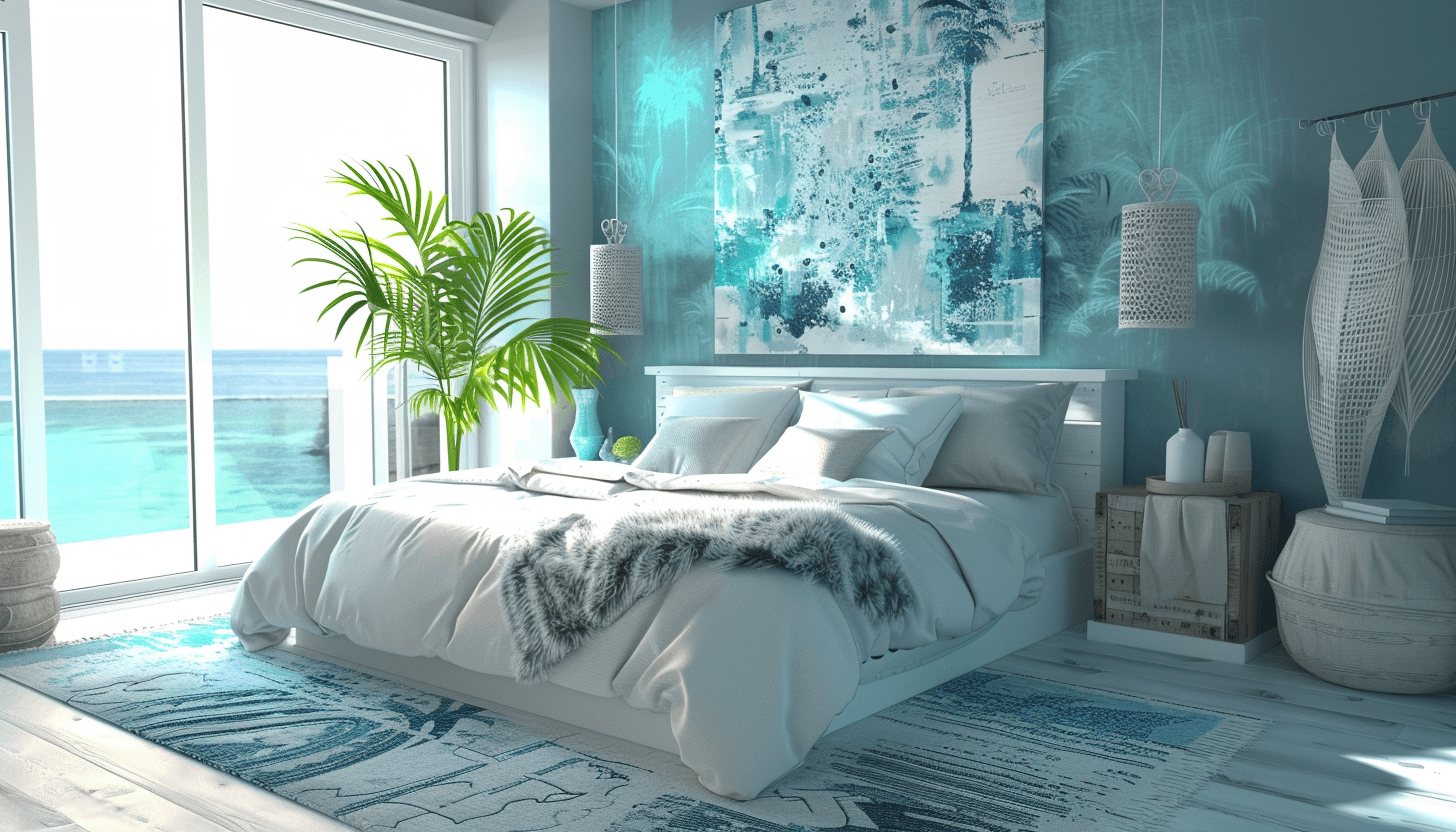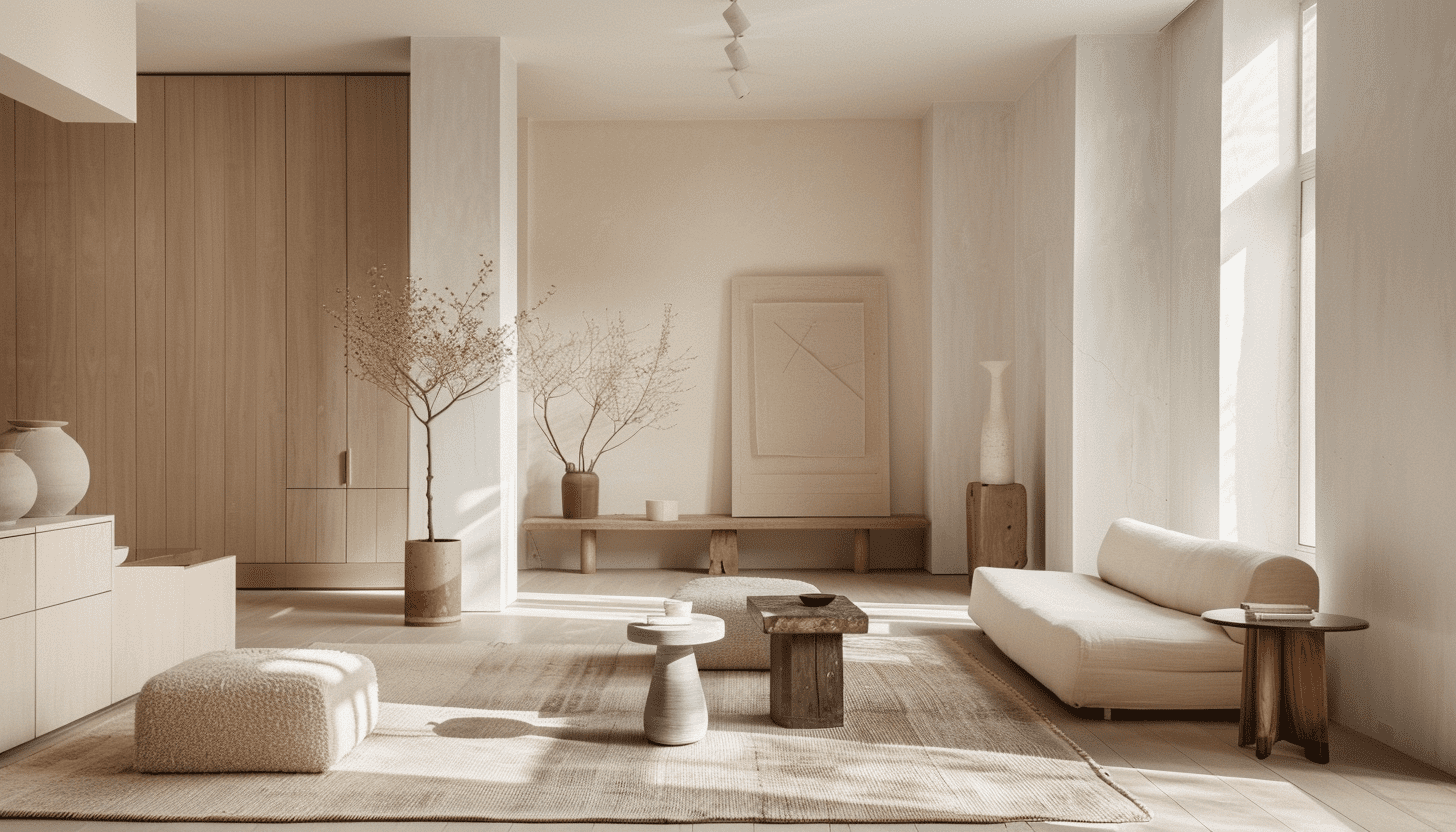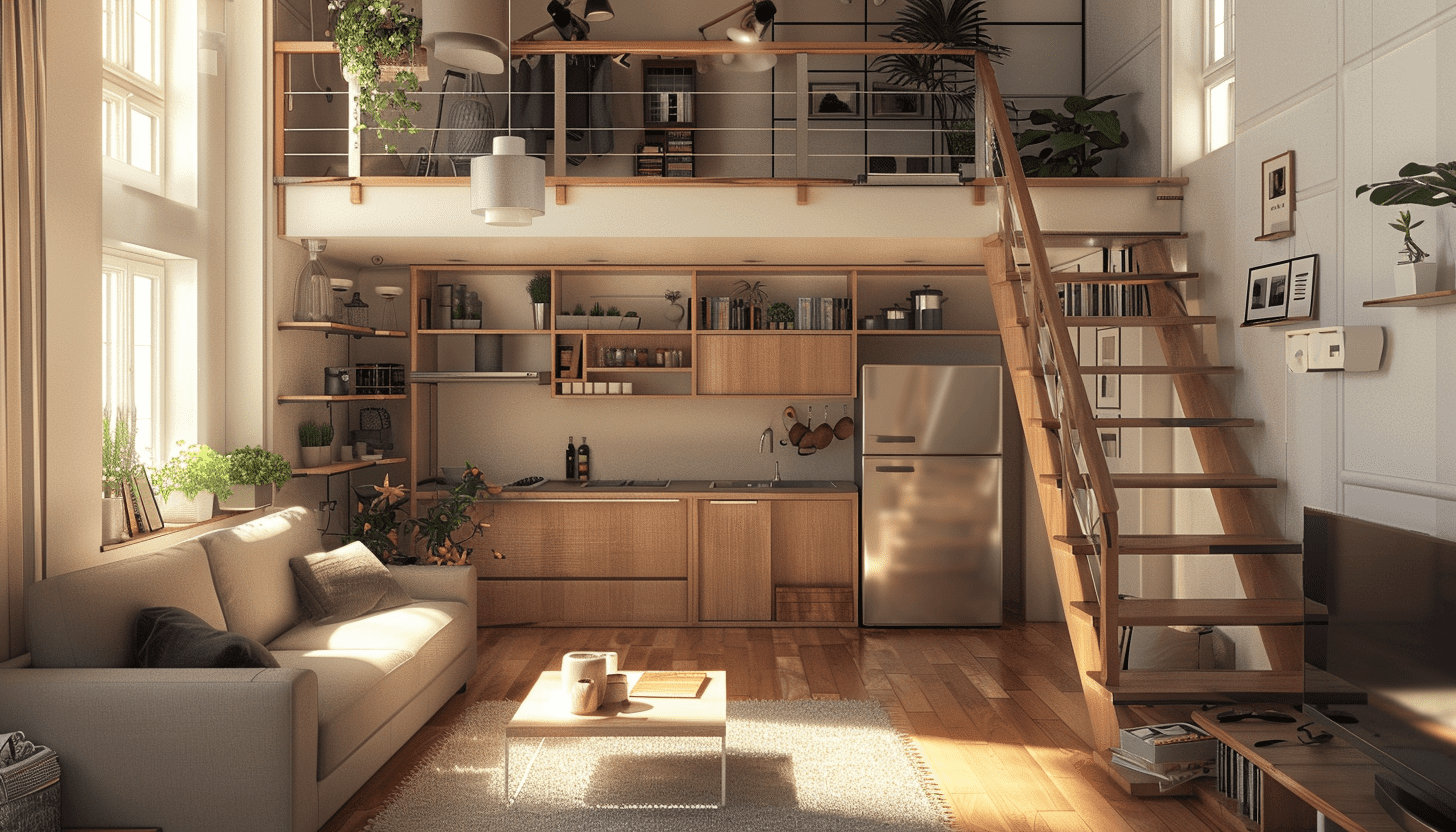In today’s fast-paced world, the concept of minimalism is gaining traction as more people seek to simplify their lives and create a peaceful living environment. Minimalism in home decor is about stripping away the unnecessary to focus on what truly matters. It’s about creating spaces that are functional, serene, and aesthetically pleasing. This blog post explores how you can embrace minimalism in your home decor, offering tips and ideas to help you create a clutter-free home.
The Benefits of Minimalism
Minimalism offers numerous benefits that extend beyond just a tidy home. Here are some key advantages:
- Reduced Stress: Clutter can be overwhelming and stressful. A minimalist home, with fewer items and distractions, can create a calm and peaceful environment that reduces stress and anxiety.
- Improved Mental Clarity: A clutter-free space can lead to improved focus and mental clarity. With fewer items competing for your attention, you can concentrate better and feel more at ease.
- Enhanced Aesthetic Appeal: Minimalist decor is often characterized by clean lines, open spaces, and a focus on quality over quantity. This can create a visually appealing and harmonious home.
- Financial Savings: By adopting a minimalist approach, you can save money by buying fewer items and focusing on quality over quantity.
- Environmental Benefits: Minimalism encourages sustainable living by reducing consumption and waste. By choosing eco-friendly products and reducing clutter, you can contribute to a healthier planet.
Decluttering Tips
The first step to embracing minimalism is decluttering. Here are some practical tips to help you get started:
- Start Small: Begin with one room or even one section of a room. Trying to declutter your entire home at once can be overwhelming.
- Sort Items into Categories: Divide your items into categories: keep, donate, sell, and discard. Be honest with yourself about what you truly need and use.
- One In, One Out Rule: For every new item you bring into your home, remove one existing item. This helps maintain a balance and prevents new clutter from accumulating.
- Use Storage Bins: Utilize storage bins and boxes to organize items you decide to keep. Label them clearly so you know what’s inside without having to open them.
- Declutter Regularly: Make decluttering a regular habit. Set aside time each month to go through your belongings and remove items that are no longer needed.
Choosing Minimalist Furniture
When it comes to minimalist furniture, the key is to choose pieces that are functional, versatile, and timeless. Here are some tips:

- Opt for Multi-Functional Furniture: Choose furniture that serves multiple purposes, such as a sofa bed or a coffee table with storage. This helps save space and reduces the need for additional furniture.
- Prioritize Quality Over Quantity: Invest in high-quality pieces that will last for years. Minimalism is about having fewer items, so it’s important that the ones you do have are durable and well-made.
- Choose Simple Designs: Look for furniture with clean lines and simple designs. Avoid overly ornate or decorative pieces that can make a space feel cluttered.
- Neutral Colors: Select furniture in neutral colors such as white, beige, gray, or black. These colors create a calm and cohesive look that is easy to coordinate with other decor elements.
Neutral Color Palettes
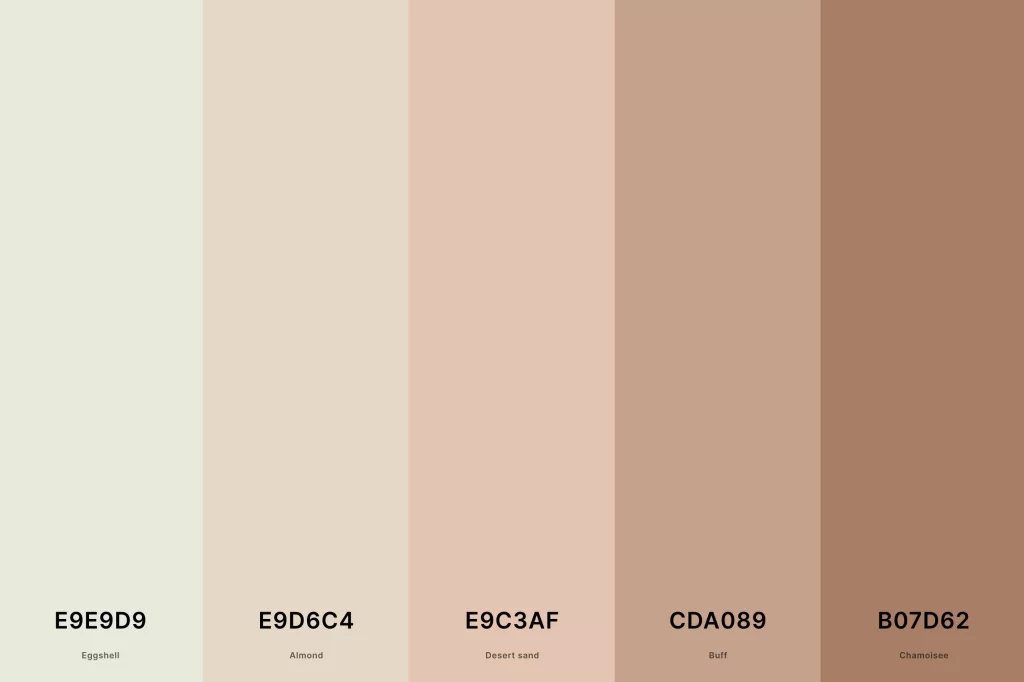
Neutral color palettes are a hallmark of minimalist decor. They create a sense of calm and serenity, making spaces feel larger and more open. Here’s how to incorporate neutral colors into your home:
- Wall Colors: Paint your walls in soft, neutral tones such as white, cream, or light gray. These colors provide a blank canvas that allows other elements in the room to stand out.
- Furniture: Choose furniture in complementary neutral shades. This creates a cohesive and harmonious look throughout your home.
- Accents: Add interest and depth with neutral-colored accents such as throw pillows, rugs, and curtains. Varying textures and shades within the neutral palette can add visual interest without overwhelming the space.
- Natural Elements: Incorporate natural elements such as wood, stone, and plants. These add warmth and texture to a neutral color scheme while maintaining a minimalist aesthetic.
Maximizing Natural Light
Natural light plays a crucial role in minimalist decor, making spaces feel brighter and more inviting. Here are some tips to maximize natural light in your home:
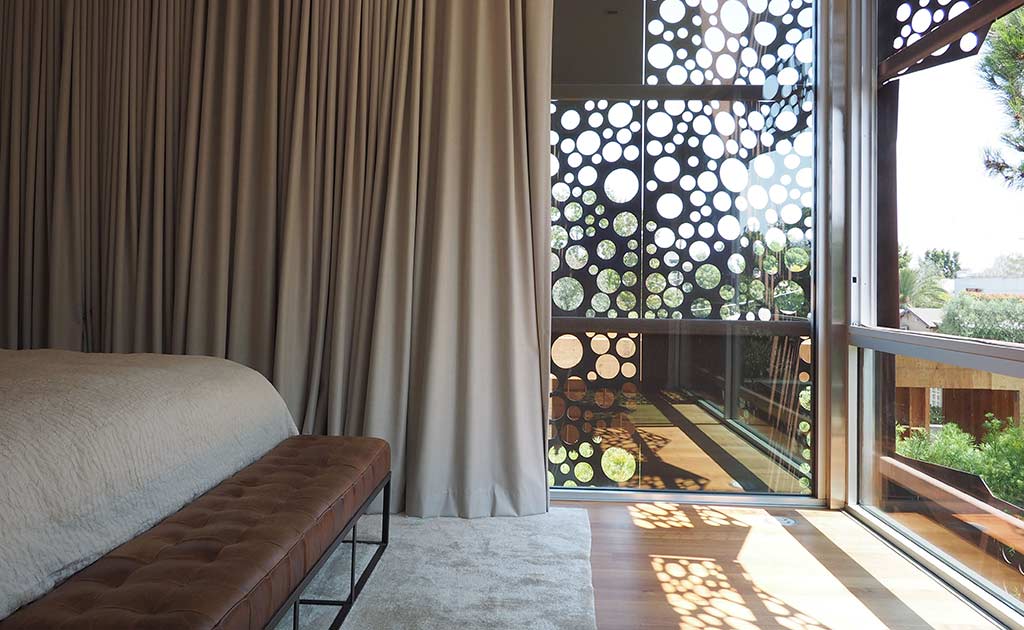
- Use Light Colors: Light-colored walls and furnishings reflect natural light, making the room feel brighter and more open.
- Avoid Heavy Curtains: Opt for sheer or light-colored curtains that allow natural light to filter through. Avoid heavy drapes that block light and make the room feel dark.
- Mirrors: Strategically place mirrors to reflect natural light and make the space appear larger. Mirrors can also add a decorative touch without adding clutter.
- Clean Windows: Keep windows clean to maximize the amount of light that enters your home. Consider adding light-colored window treatments to enhance the brightness.
- Minimalist Window Treatments: Choose simple and functional window treatments that don’t overpower the room. Roller shades or blinds in neutral colors are a good option.
Incorporating Natural Elements
Bringing nature indoors is a key aspect of minimalist decor. Natural elements add warmth, texture, and a sense of tranquility. Here are some ideas:
- Plants: Houseplants are a great way to introduce natural elements into your home. They purify the air, add color, and create a calming atmosphere. Choose low-maintenance plants such as succulents, snake plants, or pothos.
- Wooden Accents: Incorporate wooden furniture, flooring, or decor pieces. Wood adds warmth and texture, creating a cozy and inviting space.
- Natural Textiles: Use natural textiles such as cotton, linen, and wool for cushions, throws, and rugs. These materials add softness and comfort while maintaining a minimalist aesthetic.
- Stone and Ceramic: Add stone or ceramic elements, such as vases, bowls, or countertops. These materials add a natural and organic feel to your decor.
Storage Solutions
Effective storage solutions are essential for maintaining a clutter-free home. Here are some strategies to keep your space organized:
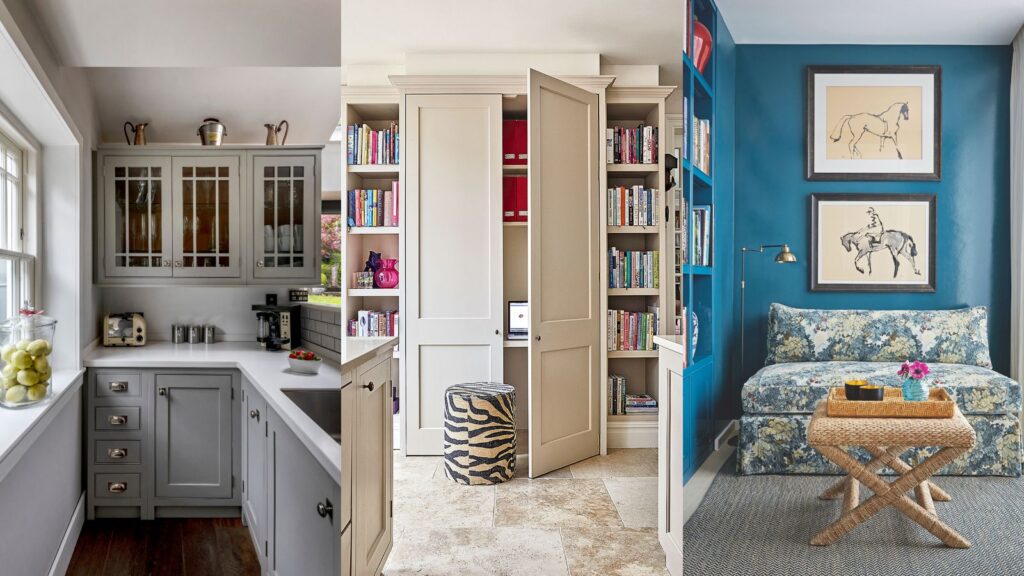
- Built-In Storage: Invest in built-in storage solutions such as shelves, cabinets, and closets. These can be customized to fit your space and needs, providing ample storage without taking up too much room.
- Hidden Storage: Choose furniture with hidden storage compartments, such as ottomans, benches, and beds with storage drawers. This helps keep items out of sight while maintaining a tidy appearance.
- Vertical Storage: Utilize vertical space by installing shelves and cabinets that go up to the ceiling. This maximizes storage without taking up floor space.
- Declutter Regularly: Regularly go through your belongings and remove items you no longer need. This helps prevent clutter from accumulating and keeps your space organized.
- Minimalist Storage Bins: Use simple and stylish storage bins to keep items organized. Choose bins in neutral colors that blend seamlessly with your decor.
Minimalist Decor Accents
While minimalism emphasizes simplicity, it doesn’t mean your home has to be devoid of personality. Here are some ideas for minimalist decor accents:
- Artwork: Choose a few pieces of artwork that you love and display them prominently. Opt for simple frames and avoid overcrowding walls with too many pieces.
- Rugs: Select rugs with simple patterns and neutral colors. A well-chosen rug can add warmth and texture to a room without overwhelming it.
- Lighting: Use minimalist lighting fixtures such as pendant lights, floor lamps, or wall sconces. Choose designs with clean lines and neutral colors.
- Decorative Objects: Limit decorative objects to a few carefully chosen pieces. Opt for items with simple designs and neutral colors that complement your overall decor.
Sustainable Living
Minimalism and sustainability go hand in hand. By reducing consumption and choosing eco-friendly products, you can create a more sustainable home. Here’s how:
- Reduce Consumption: Focus on buying fewer, high-quality items that you truly need and will use for a long time. Avoid impulse purchases and unnecessary items.
- Eco-Friendly Products: Choose products made from sustainable materials such as bamboo, recycled wood, or organic cotton. Look for certifications such as Fair Trade, FSC, or GOTS to ensure ethical and sustainable practices.
- Energy Efficiency: Invest in energy-efficient appliances and lighting to reduce your carbon footprint. Consider using LED bulbs, smart thermostats, and energy-efficient windows.
- Recycle and Upcycle: Recycle items you no longer need and consider upcycling old furniture or decor. This reduces waste and gives new life to existing items.
- Support Sustainable Brands: Support brands and companies that prioritize sustainability and ethical practices. Research their manufacturing processes and materials to make informed choices.
Real-Life Minimalist Home Tours
For inspiration and practical insights, take a look at real-life minimalist home tours. These tours showcase how others have successfully embraced minimalism in their homes:
- Small Space Living: Explore how people living in small spaces have maximized functionality and style through minimalist decor.
- Family Homes: See how families have adapted minimalism to create clutter-free and functional homes for all members.
- Urban Apartments: Discover how urban dwellers have transformed their apartments into serene and stylish minimalist spaces.
- Modern Minimalism: Get inspired by modern minimalist homes that combine sleek design with practical functionality.
- Eco-Friendly Homes: Learn from eco-friendly minimalist homes that prioritize sustainability and environmental consciousness.
Conclusion
Embracing minimalism in your home decor is about creating a space that is functional, serene, and aesthetically pleasing. By decluttering, choosing quality over quantity, and incorporating natural elements, you can create a clutter-free home that promotes well-being and sustainability. Remember, minimalism is a journey, and it’s important to find what works best for you and your lifestyle. Start small, be intentional with your choices, and enjoy the benefits of a minimalist home.

